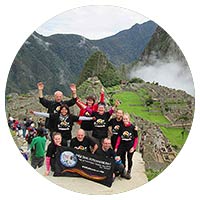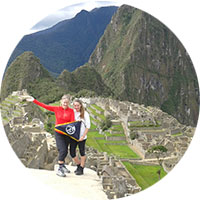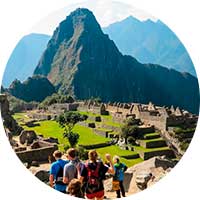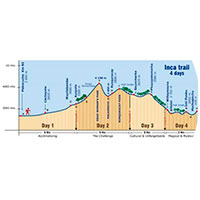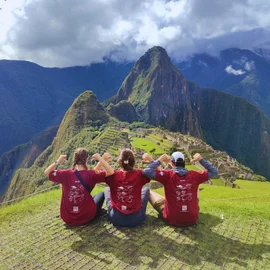Preserving the Machu Picchu Sacred Llacta
UNESCO World Heritage Site
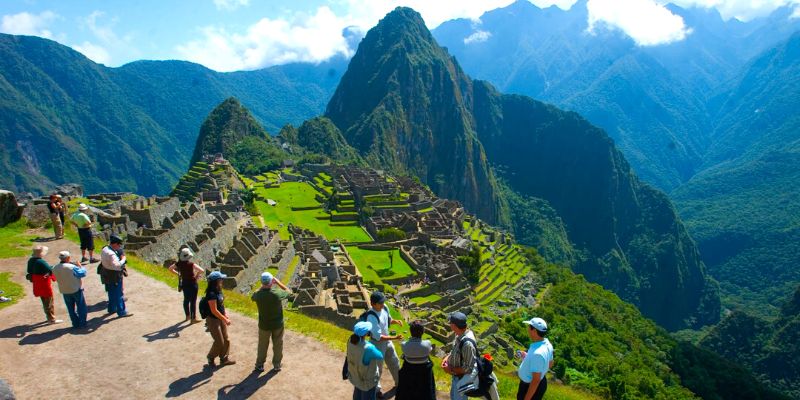
A Protected Archaeological Jewel
The Machu Picchu Historic Sanctuary represents one of the most extraordinary achievements of Inca civilization and one of the world's most important archaeological sites. This architectural marvel, built in the 15th century by Inca Pachacuteq, is located at 2,430 meters above sea level in a natural environment of extraordinary beauty.
History and Declaration as Protected Area
The Machu Picchu Historic Sanctuary was officially established on January 8, 1981 through Supreme Decree No. 001-81-AA, becoming a protected natural area of the Peruvian State. This declaration aimed primarily to protect both the archaeological heritage and the extraordinary biodiversity of the region.
The Inca citadel, built during the reign of Inca Pachacuteq in the 15th century, was abandoned during the early years of Spanish colonization and remained hidden until its scientific rediscovery in 1911 by Hiram Bingham. In 1983, it was declared a UNESCO World Heritage Site, recognizing both its cultural and natural value.
Primary Objective: Protect endangered species such as the spectacled bear (Tremarctos ornatus) and the cock-of-the-rock (Rupicola peruviana), as well as preserve the invaluable archaeological remains of Inca civilization.
Visitor Limits: Protecting Heritage
The implementation of strict limits on daily visitor numbers represents a fundamental measure for the conservation of the archaeological site. Currently, a maximum of 5,000 visitors per day is permitted during regular season, increasing to 5,600 during high season (June to October).
Reasons for Limitation:
Structural Preservation: The Inca structures, built over 500 years ago, require protection against wear caused by excessive human traffic. Constant visitor passage can cause erosion in stone floors and wall destabilization.
Environmental Conservation: The unique cloud forest ecosystem surrounding Machu Picchu hosts endemic species that require protection. Excessive visitors can alter local fauna behavior patterns and affect native flora.
Quality Experience: Limiting visitor numbers ensures that each person can fully enjoy the experience without crowds that compromise contemplation and understanding of the site.
Important Note: This measure seeks to ensure that future generations can continue to admire and study this invaluable human heritage.
Tourist Circuit Distribution
Since 2024, access to Machu Picchu is organized through three main circuits that allow better visitor flow management and greater protection of the archaeological site. Each circuit offers unique perspectives of the Inca citadel.
Circuit 1: Upper Platform
Offers the best panoramic views of the citadel. Includes the upper terraces sector and allows capturing the classic Machu Picchu postcard. Ideal for photography and general site contemplation.
Circuit 2: Middle Platform
Provides access to the main ceremonial and residential buildings. Includes the Temple of the Sun, Royal Residence, and Intihuatana. Perfect for exploring Inca architecture up close.
Circuit 3: Lower Platform
Allows exploration of lower terraces and offers optional access to additional mountains like Huayna Picchu and Huchuy Picchu. Recommended for adventurers and experienced hikers.
Each circuit has specific sub-circuits totaling 10 different options, efficiently distributing visitors and reducing pressure on specific sectors of the archaeological site.
Conduct Rules in the Llaqta of Machu Picchu
Peru's Ministry of Culture has established strict rules to preserve the archaeological site's integrity and ensure a respectful experience for all visitors. These regulations are fundamental for heritage conservation.
⚠️ Non-compliance with these rules results in immediate expulsion without refund and possible legal action
Established Prohibitions:
Competent Authority: Park rangers from the Ministry of Culture and agents of the National Police of Peru are the maximum authority within the archaeological monument.
Commitment to Conservation
The conservation of Machu Picchu Historic Sanctuary is a shared responsibility between Peruvian authorities and visitors from around the world. Every person who has the privilege of walking these ancient paths becomes a temporary guardian of this invaluable heritage.
The implemented measures, from visitor limitations to strict conduct rules, respond to the urgent need to preserve this legacy for future generations. The sustainability of tourism in Machu Picchu depends on the balance between public access and site protection.
Responsible tourism not only ensures archaeological heritage conservation but also contributes to the sustainable development of local communities, creating a management model that can be replicated in other world heritage sites.
© 2025 - Information about Machu Picchu Historic Sanctuary Conservation
Source: Ministry of Culture of Peru - UNESCO - SERNANP

